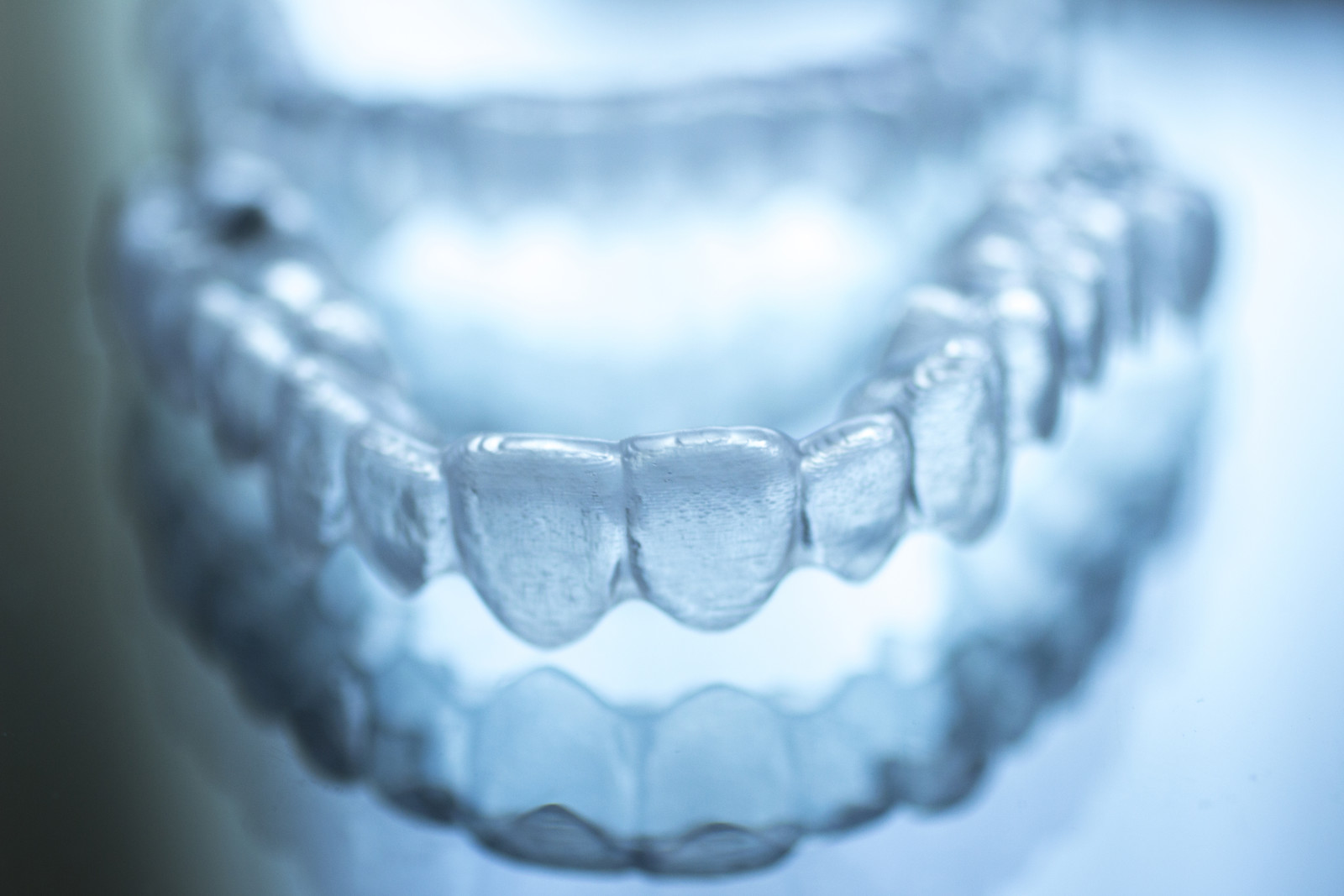Are you ready to achieve a straighter smile? When it comes to orthodontic treatment, two popular options are braces and Invisalign. Both methods are designed to align and correct teeth, but they differ in terms of appearance, comfort, and maintenance.
In this blog, we’ll explore the differences between braces and Invisalign, helping you make an informed decision about which option may be best for you. Whether you’re considering the traditional reliability of braces or the discreet convenience of getting Invisalign near you, get ready to embark on a transformative journey toward a beautifully aligned smile.
For more information about either of these treatment choices, be sure to speak with a dentist in NE Calgary.
What are Braces?
Traditional orthodontic treatment using braces involves bonding metal or ceramic brackets to the teeth and connecting them with wires. They function by gently moving the teeth into the proper positions by applying little pressure to the teeth.
A variety of dental problems, including gaps, underbites, overbites, and crossbites, can be successfully treated with braces. An orthodontist can make periodic adjustments to the brackets and wires to help the teeth move into the right position.
What is Invisalign?
Modern alternatives to braces, such as Invisalign, provide a more discrete and adaptable method of straightening teeth. It makes use of a set of transparent, custom-created aligners that are composed of smooth plastic and fit tightly over your teeth. When worn, these aligners are practically undetectable, making them a preferred option for people looking for a more visually acceptable orthodontic treatment.
Invisalign uses a set of aligners that are changed every one to two weeks to progressively move the teeth into their ideal positions. During treatment, the aligners may be taken out for eating, drinking, brushing, and flossing, giving you more convenience and flexibility.
Both braces and Invisalign can help people have a straighter smile, but which one is best for you will depend on your dental problems’ severity, your preferences, your lifestyle, and the advice of a dentist near you.
Braces vs Invisalign
Pros of Braces
- Effective in addressing a variety of dental problems: Braces are very successful in treating a variety of orthodontic problems, including severe misalignment, crowded teeth, and complicated bite problems.
- Dependable and predictable: Braces have a well-established history and are a tried-and-true way to significantly straighten teeth.
- Can be less expensive: Braces are frequently more affordable than Invisalign, making them a more cost-effective choice for certain people.
Cons of Braces
- Visible appearance: People who choose a more covert treatment option may be concerned about the visibility of traditional metal braces.
- Potential discomfort: Braces have the potential to be uncomfortable, especially during the first phases and following revisions. Mouth sores, irritability, and soreness are frequent, though they usually go away with time.
- Challenges with dental hygiene: Because of the brackets and wires, brushing and flossing are more time-consuming and thorough when wearing braces.
Pros of Invisalign
- Discreet appearance: When worn, Invisalign aligners are almost undetectable, allowing you to have orthodontic treatment with little change to your look.
- Removable convenience: Invisalign aligners offer more flexibility and convenience than braces since they are simple to take out for eating, drinking, brushing, and flossing.
- Smooth and comfortable: Since the aligners are constructed of comfortable plastic, they are less likely to cause mouth sores or discomfort that are frequently linked to braces.
Cons of Invisalign
- Limited for complex cases: While Invisalign may treat a variety of orthodontic problems, it may be limited in addressing serious or complex dental diseases that may require the use of conventional braces.
- Compliance-dependent: Wearing the aligners regularly for the advised period of time each day is essential for success with Invisalign. The treatment period may be extended or the intended benefits may be compromised if the wear schedule is not followed.
- Budgetary considerations: Insurance coverage for Invisalign might vary, and it is often more expensive than braces.
Conclusion
Are you considering getting Invisalign in NE Calgary? If so, come on into Temple Square Dental!. With our experienced team, commitment to quality care, and personalized attention, you can expect exceptional orthodontic treatment.
Email or call us today to get started with your orthodontic journey!

